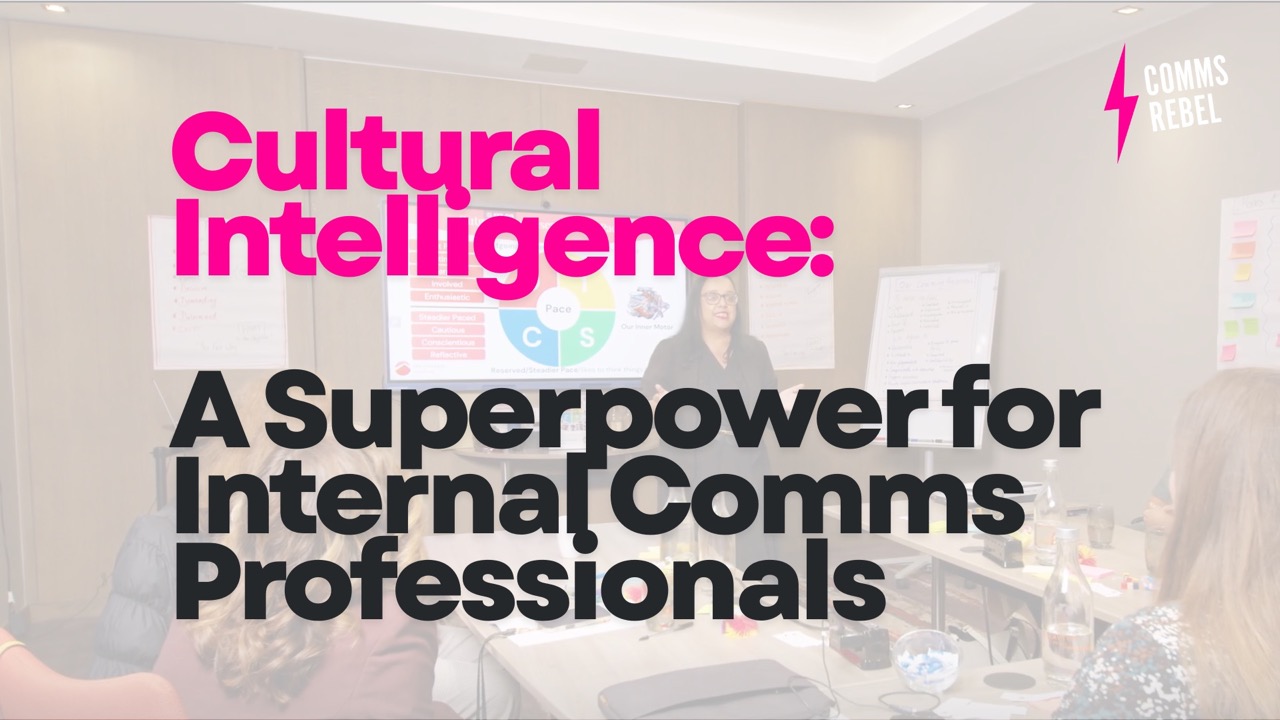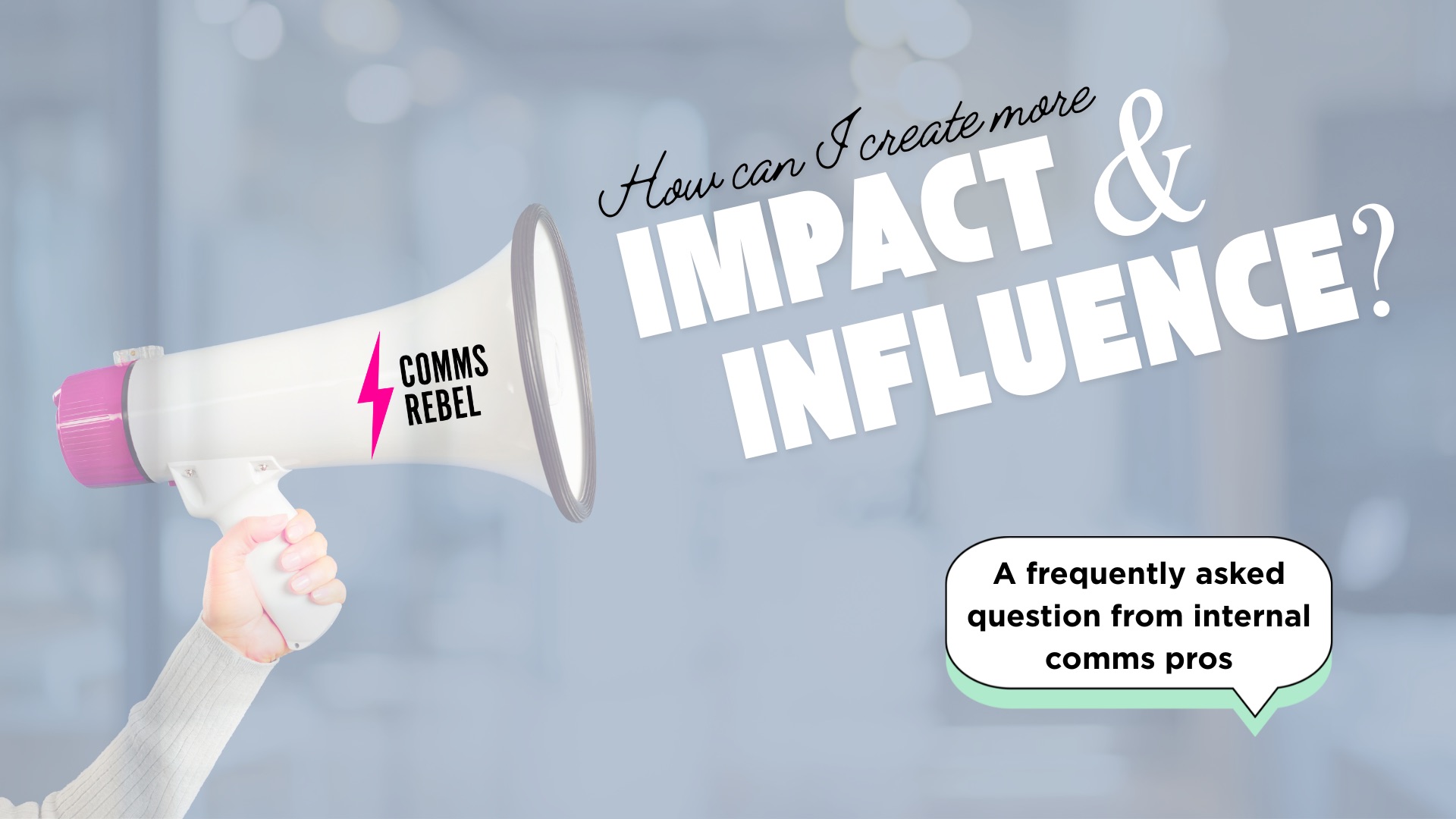We often think that exhaustion comes from having too much on our plate – the deadlines, the meetings, the endless pings that chip away at our focus. However, it might not be your workload but your boundaries. What we are saying yes to, and where we are leaking our energy.
We have been there. The saying yes to projects we didn’t have the capacity for. Sitting in meetings that added no value. Checking emails late at night to “prove” our commitment. Yep, yep, and yep. It doesn’t help anyone – ourselves or our teams – and especially not the outcomes we’re trying to deliver.
All of this leaves us exhausted, distracted, and on the edge of burnout.
And it is not just anecdotal. The World Health Organisation has linked poor boundaries at work to a 23% increase in burnout risk.
That is a sobering number.
Because the truth is, most of us are not running out of time. We are running out of energy.
Why boundaries matter more than you think
Boundaries are not about being difficult. They are about being deliberate. They protect the fuel that allows you to show up at your best. Without them:
- Focus disappears.
- Stress skyrockets.
- Health takes the hit.
And when your energy is depleted, even the simplest tasks feel overwhelming. That is when work stops being meaningful and starts becoming mechanical.
How to spot the leaks
Before you can protect your energy, you need to see where it is leaking. Start by asking:
- What activities leave me feeling drained?
- Which meetings, projects or habits give very little back for the energy they consume?
A practical way to start: make a list of your regular commitments and score each one out of 10 for energy impact. High scores mean high drain, and that is where boundaries need to start.
Common leaks include:
- Endless meetings that do not lead anywhere.
- Unclear priorities that keep shifting.
- Defaulting to “yes” without considering the cost.
Practical ways to set boundaries
Setting boundaries does not mean saying “no” to everything. It means saying “yes” with intention. Here are three small steps that make a big difference:
1. Protect your recovery time
Block out your diary for breaks, even five-minute pauses. Those small windows of rest help reset your brain and prevent stress from stacking up.
2. Use “not yet” or “not now”
If a straight “no” feels too harsh, try softer boundaries that still protect your capacity. “I can help with this, but not this week,” is often better received and still honours your energy.
3. Make energy visible
Share openly with your team or leader what supports your best work. When people understand the link between boundaries and performance, they are less likely to see them as obstacles and more likely to see them as enablers.
Ask yourself: Does this align with what really matters?
The next time you feel drained, pause and ask:
Where is my energy being consumed?
Does it align with what truly matters to me and my role?
Because if you do not protect the fuel that energises you, you will stay stuck in that endless loop of exhaustion – watching others thrive while you run on empty.
Boundaries build better work
Boundaries are not about doing less for the sake of it. They are about doing what matters most with energy, focus, and impact.
Take a few minutes this week to look at where your energy is going. Decide what stays, what shifts, and what stops.
Because the most powerful thing you can bring to your work is not constant availability. It is sustainable energy.
We help you build more confident workplaces through effective internal communications so people and organisations thrive. Get in touch for a free discovery call.
P.S. If you enjoyed this blog, check out 7 effective tips for making yourself heard.


